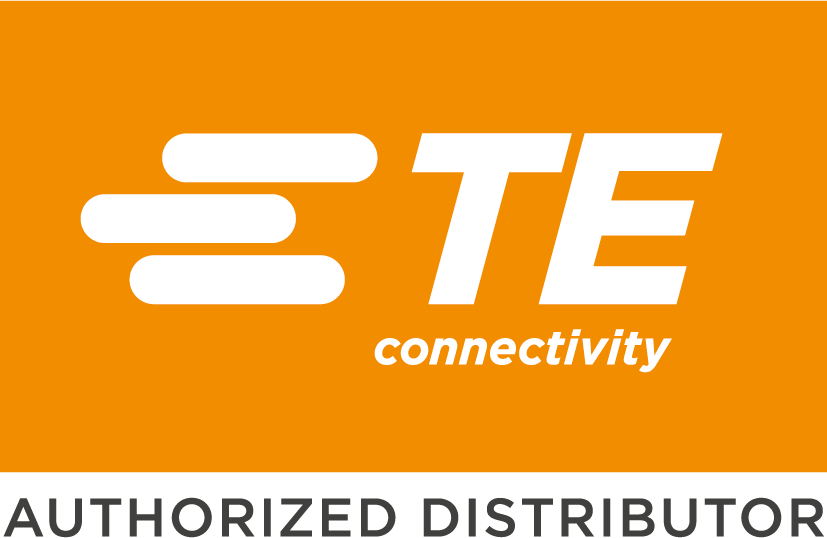
TE Connectivity Measurement Specialties
TE Connectivity Measurement Specialties is a reputable company specializing in the design and manufacturing of advanced sensor solutions. With a strong focus on precision and reliability, TE Connectivity Measurement Specialties offers a wide range of sensor products for various industries including automotive, medical, industrial, and aerospace. The company's sensor portfolio includes pressure sensors, temperature sensors, humidity sensors, and more. These sensors are designed to accurately measure and monitor physical parameters, providing critical data for applications such as environmental monitoring, process control, and safety systems. TE Connectivity Measurement Specialties is known for its commitment to innovation and continuous improvement, ensuring that its sensors meet the highest standards of performance and quality. The company also offers customized sensor solutions, working closely with customers to develop tailored solutions that address their specific needs. With a global presence and a team of experienced engineers, TE Connectivity Measurement Specialties continues to drive advancements in sensor technology, enabling precise measurement and control in various industries.
Proximity Sensors
Results:
4
Series
Operating Temperature
Ingress Protection
Sensing Distance
Output Type
Termination Style
Response Frequency
Shielding
Indicator
Package / Case
Sensor Type
Voltage - Supply
Material - Body
Results remaining:4
Applied Filters:
TE Connectivity Measurement Specialties
About Proximity Sensors
Proximity sensors are devices that are designed to detect the presence or absence of objects within a specified range. These sensors are essential in industrial and manufacturing settings, where they are used to monitor movement and ensure safety.
The range of proximity sensors can vary from 0 inches (0 mm) up to 50 feet (15.2 m). The sensors utilize different detection principles, including capacitive, inductive, infrared, light, and ultrasonic. Capacitive sensors detect changes in capacitance caused by the presence of an object, while inductive sensors use electromagnetic fields to detect metallic objects. Infrared sensors utilize infrared light to detect objects, while light sensors rely on visible light. Ultrasonic sensors emit high-frequency sound waves and detect reflections from nearby objects.
The output types of proximity sensors also vary depending on their specific applications. Analog current or voltage outputs are used for continuous measurement, while configurable outputs can be adjusted to specific settings. I2C outputs enable digital communication, while NC and NO outputs indicate whether the sensor is normally closed or normally open. NPN and PNP outputs are used to indicate the type of transistor used in the sensor, and push-pull and relay outputs are used to control external devices. Some sensors require an amplifier or SCR for signal conditioning or amplification.
Proximity sensors are used in a variety of applications, including automated manufacturing and assembly lines, security systems, and robotics. They can also be used in consumer electronics, such as smartphones and tablets, to detect movement and adjust device settings accordingly.
In summary, proximity sensors are crucial devices used to detect and respond to movement within a specified range. They utilize different detection principles and offer various output types to cater to specific application requirements. These sensors are used in industrial and manufacturing settings, as well as consumer electronics, to monitor movement and ensure safety and efficiency.




